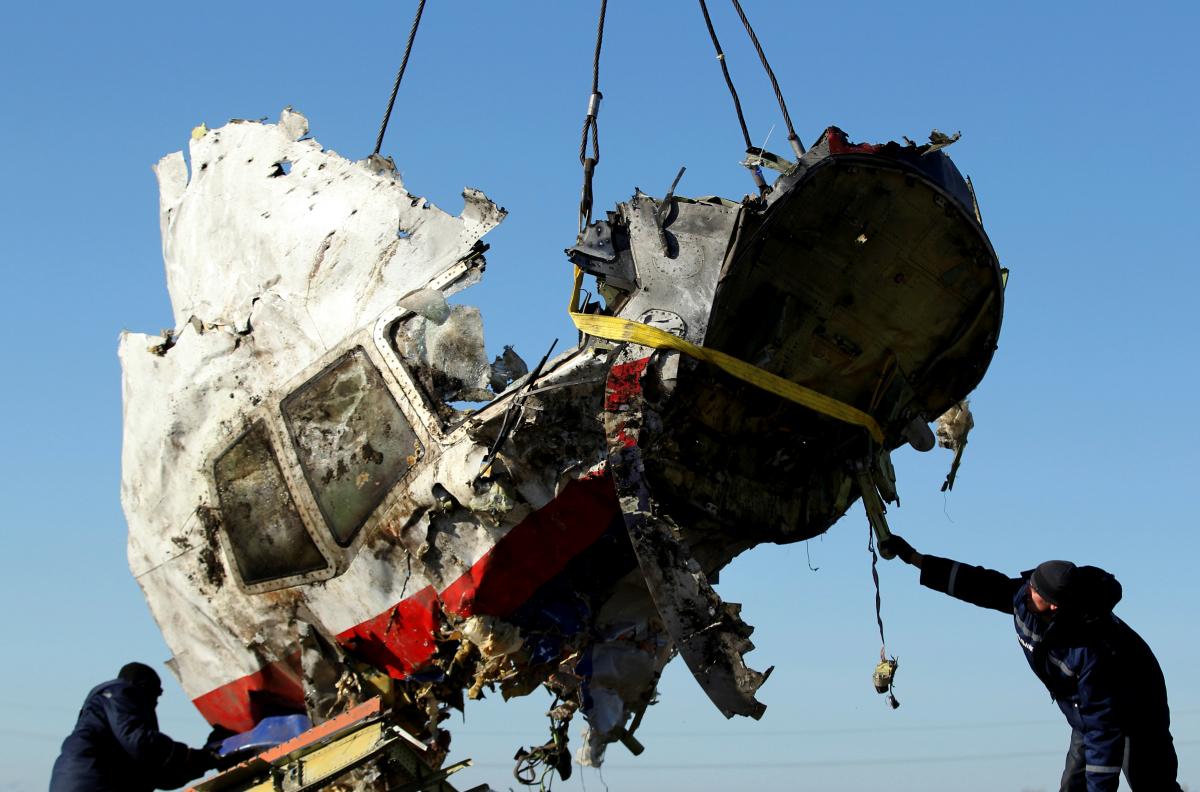
The United States may have crucial satellite photos of the missile used to bring down MH17 six years ago but the images are classified, a court has heard.
In the District Court of The Hague on Tuesday, prosecutor Thijs Berger discussed radar and satellite analysis of the July 2014 downing of Malaysia Airlines Flight 17, CanberraTimes reported citing the Associated Press.
All 298 on board the plane were killed when it was shot down in Ukraine over an area where government troops were fighting Russian-controlled forces.
Russians Oleg Pulatov, Igor Girkin, Sergey Dubinsky and Ukrainian Leonid Kharchenko are being tried in absentia in the Netherlands for murder and the destruction of a civilian airliner.
Berger says the U.S. director of national intelligence issued a statement three days after the crash saying a surface-to-air missile had been launched 6 km south of Snizhne that "went into the aircraft".
He says the Dutch national prosecutor was briefed by U.S. officials on several classified and unclassified documents.
"Part of the underlying metadata and research data has not been made available for inspection," Berger told the court.
"The U.S. authorities have indicated that they cannot provide more information about the detection of the missile than stated in the written statement and that the Dutch national prosecutor has given it confidential."
The prosecutor said Russia only provided low-resolution satellite photos and China said its satellite flying over the region at the time of the crash was not working.
The joint investigation team also analyzed all available radar data from Ukraine and Russia, none of which detected a fighter plane in the area or a missile.
Read alsoRussia pursues with compromising MH17 probe through its agents of influence – media
Two court-appointed radar experts, the Dutch Safety Board, Russian arms maker Almaz Antey and the Russian defence ministry agreed Russian civilian radar data did not show a missile either. Russia did not provide its military radar to the probe.
However, the experts concluded a small and fast-flying Buk missile, which is smaller than a drone, is easy to miss on radar.
Berger said other possibilities were the missile was detected but the Russian civilian system may not have stored the data, or the missile was not initially detected because it flew below the 800m radar horizon.
One of the experts also suggested that imagery showing the missile could have later been deleted.
"According to him, this is a very simple operation and that removal cannot be determined afterwards," Berger said.
The trial continues.


